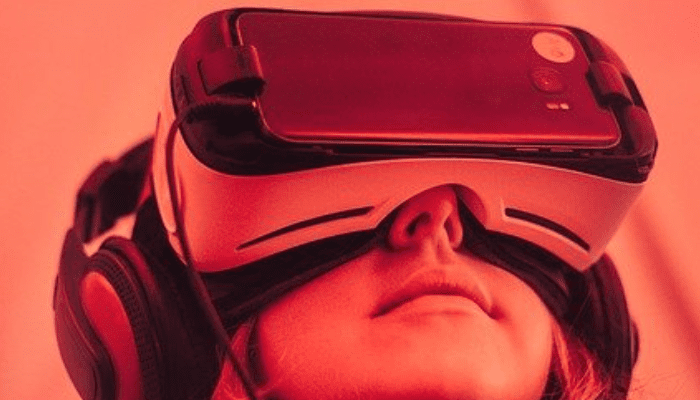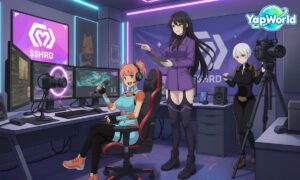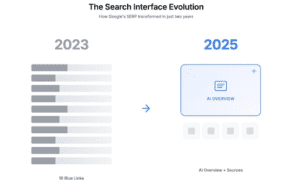When people use virtual reality (VR), they most likely expect to use it alone. With setups made to block out your senses and transport you to an entirely different world by yourself, it can be difficult to see how social media fits into the growing VR revolution.
VR has become a popular way to leave the real world and dive into the virtual. Just by putting on a headset, you can interact with new and virtual people, experience different worlds, and go on fun adventures. And since in-person experiences are still falling by the wayside due to continued COVID-19 concerns, people are looking for other avenues of interpersonal connection like social media that can be done safely at home.
Since VR lets people escape their homes while still staying safe, creating a VR-specific social media platform seems perfect for the post-pandemic era, right? While both VR and new social media platforms have grown immensely over the last few years, combining the two is more complex than you’d first think.
VR Social Platforms Provide a Different Social Experience
Imagine putting on your headset and suddenly entering a new world. It could look like the streets of Paris, the surface of Mars, or the Shire. It can be whatever you want, and your avatar can look however you want as well. It doesn’t matter what clothes you can afford in real life, how well you keep up with your personal hygiene, or how often you go to the gym. You’re an ideal version of yourself and you can interact with others however you want.
Real-life can’t compete with the freedom VR provides—and that’s why millions of people have fallen in love with it as an entertainment option. But as a social media platform, it may not work as well. Companies interested in creating a social space inside a VR world may see this growing sector as an opportunity with little competition, but they quickly realize their goals for VR social aren’t yet in line with what the consumers are looking for: an escape from reality.
Problems With VR Social Are Everywhere
Even though the VR industry is growing, getting people to use it for social media instead of games is more difficult than people realize. The cost of VR headsets is one problem that keeps it from becoming mainstream. With Facebook, Twitter, Instagram, and other thriving platforms, all people need to access the space is to download it from the app store. Accessing VR is more complex and more expensive. With VR setups costing several hundred dollars, VR social would only be available to families with a disposable income.
The lack of activities within the VR social space is also a challenge developers need to iron out. If you remember the 2003 game Second Life, it was a pioneer in the virtual world and was enjoyed by millions of people. But simply going about a different version of your real-life can only be fun for so long without any real goal or mission. Facebook also attempted their own version of VR social with Facebook Spaces and faced the same problem. Users quickly became bored and often complained about its lack of structure that while in the space they “don’t know what to do next.”
While new players in the VR social world are attempting to create a VR community with engaging experiences and a less expensive entry-point, it may still be a while until any VR social platform becomes large enough to compete with other social options available. But if and when one does begin to get traction, it has the potential to revolutionize social networking as we currently know it.



































